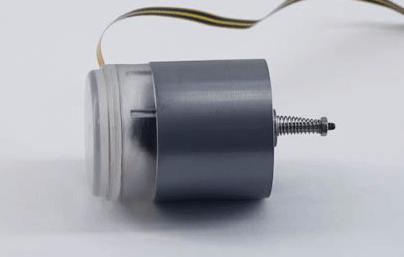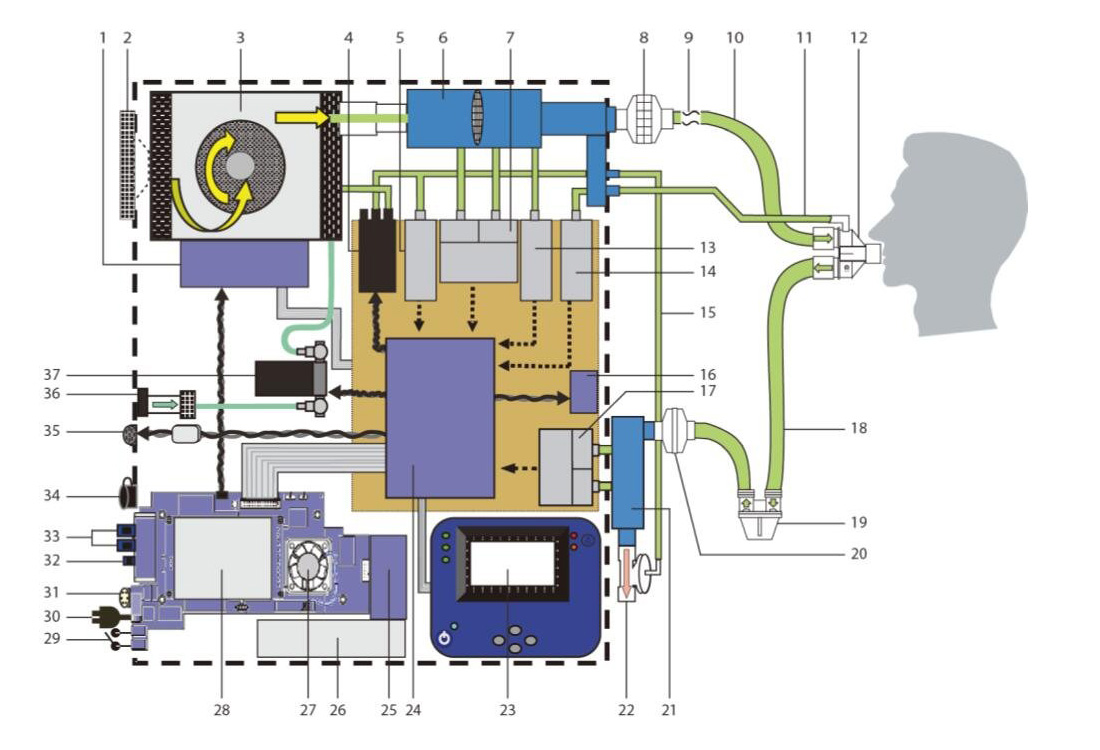The working principle of a linear voice coil motor is similar to that of a voice coil motor, and is based on the effect of Lorentz force. Its structure consists of a magnetic fixing body, a coil, and a transmission rod. Under the action of an external current, the coil generates a magnetic field, which interacts with the magnetic field of the magnetic fixing body, generating a driving force to push the transmission rod to move, thus achieving mechanical motion or control. Because the design of the coil and the transmission rod is linear, it is called a linear voice coil motor.

Linear voice coil motor features fast response, high precision, high energy conversion efficiency, high power density, etc., and is widely used in fields such as automatic control, optical positioning, precision machining, medical equipment, aerospace, etc.
Straight-line voice coil motors are widely used in high-end ventilators. Due to the excellent performance of straight-line voice coil motors, they can provide high-precision, high-speed, and high-efficiency motion control, making them very suitable for the field of ventilators that require high-precision airflow control. At the same time, the low noise, low vibration, and high reliability of straight-line voice coil motors also make them an ideal choice for ventilator applications.
The main principle of the application of linear voice coil motor in high-end ventilators is to drive the motion of the motor by controlling the current, thereby achieving respiratory support and control of the ventilator.

Specifically, when the ventilator needs to exhale, it supplies a certain amount of current to the linear voice coil motor through the control circuit, causing the linear voice coil motor to generate a corresponding force, pushing the piston to move the gas out of the ventilator. When the ventilator needs to inhale, the control circuit reduces or reverses the current, causing the linear voice coil motor to move in reverse, causing the piston to move inward, thereby achieving inhalation.
Compared to traditional diaphragm or screw pumps, linear voice coil motors have the advantages of fast response, high precision, and low noise, making them widely used in high-end ventilators.